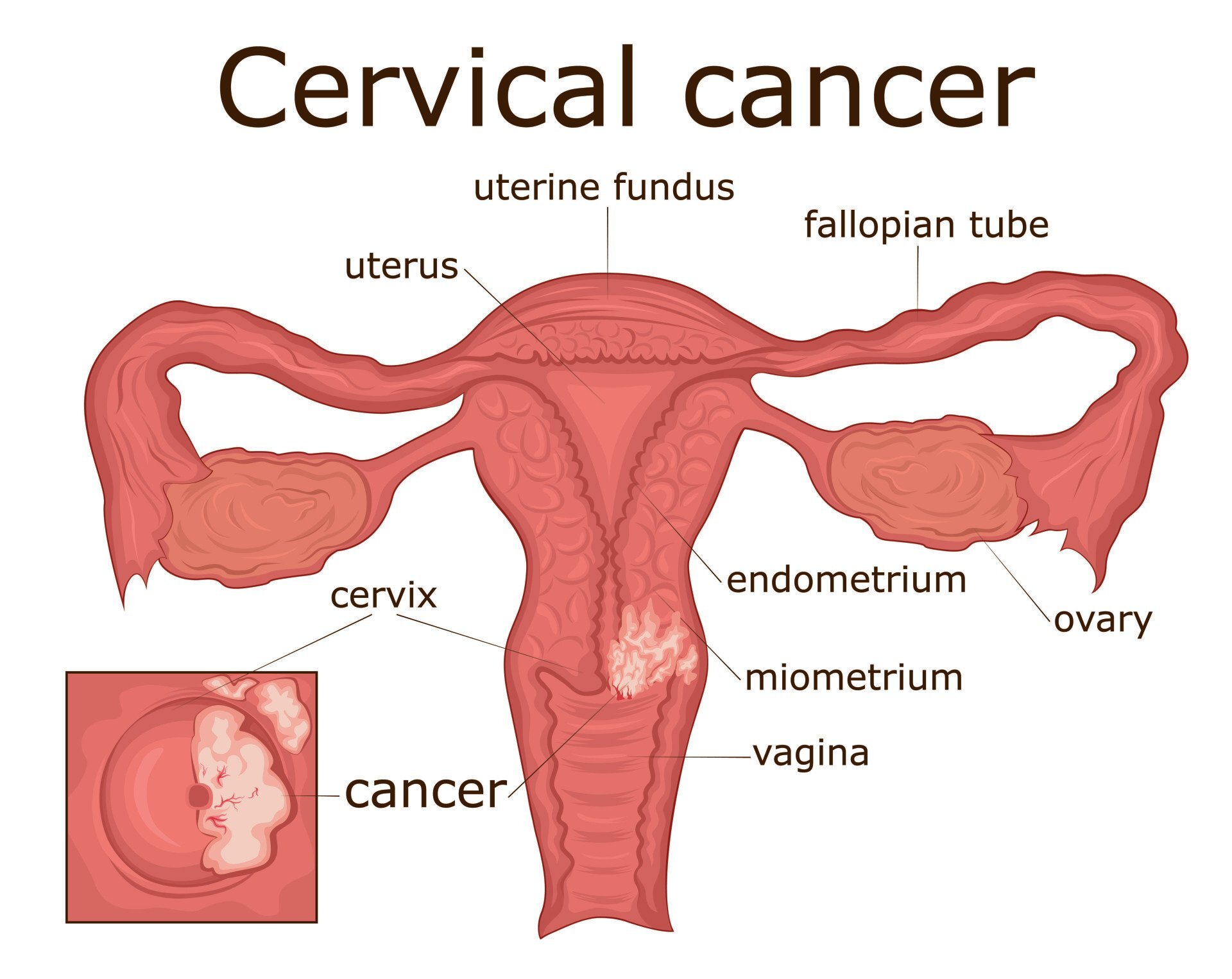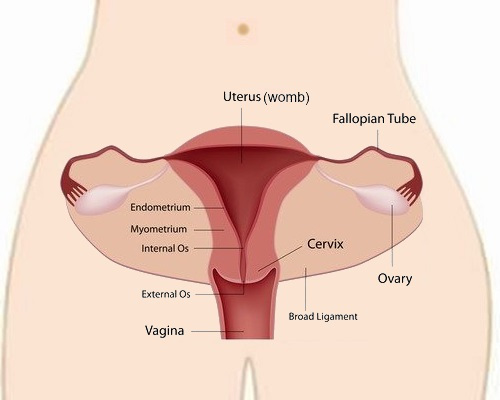Advanced Cervical Cancer Treatment in India
An estimated 5,70,000 women were detected with Cervical Cancer worldwide and about 3,11,000 women passed from the disease.
However, with the advancement of technology, experience, and new protocols, the survival rates of cervical cancer patients are also increasing.
Though the detection of cervical cancer itself is a matter of concern but with the right treatment with the right doctor at the right time, you can beat cervical cancer.
Let’s understand Amy’s experience with cervical cancer treatment in India.
Amy, a 41-year-old woman from Abuja, Nigeria. Amy is a housewife she has two sons, a beautiful daughter, and a wonderful husband.
Three years back, Amy had vaginal bleeding for about a week followed by no period the next month which was abnormal. The abnormal bleeding was observed once again in the subsequent month along with severe pelvic pain. She decided to set up an appointment with her gynecologist. Her appointment was scheduled, the doctor examined Amy. The doctor had suggested a few investigations along with the PAP test.
After a few days, the result of the PAP test came and the hospital called Amy to visit the doctor. Amy visited the hospital and the gynecologist gave her the bad news that she had an aggressive form of cervical cancer.
The doctor told her to get an appointment with an oncologist as soon as possible.
After listening to the cancer news, Amy and her family were in shock. Amy’s husband Joseph supported her very well and wanted the best treatment for her wife. Joseph showed Amy to a nearby oncology hospital and admitted Amy for treatment. After a few day’s Joseph didn’t get convinced with the treatment as his wife’s health was deteriorating fast.


Joseph was looking for a second opinion with the best cervical cancer specialists. While researching online Joseph visited the MedicoExperts website and left an inquiry on the website and the MedicoExperts patient care department got in touch with Joseph.
Joseph sent all the medical reports of Amy to the MedicoExperts and MedicoExperts booked the online video consultation of Joseph with the best oncologist from the empanelled hospital. After the consultation, the doctor is able to clear all the doubts of Joseph regarding the treatment protocols.
Joseph understood the gaps in the ongoing treatment. He decided not to take any chance and visit India for treatment. However, Joseph was worried about the logistics support and requested the MedicoExperts team to guide him. MedicoExperts team, helped him to arrange Visa on priority, and all other arrangements in India.
After 15 days, Joseph and Amy came to India for treatment, and Amy got admitted to the hospital. Amy’s evaluation was done to check the current condition of cancer. The reports clarified that cervical cancer is identified in stage II. Stage II means that the cancer was extended beyond the cervix to the upper portion of the uterus. Amy’s treatment started and she was advised to undergo a radical hysterectomy followed by a course of radiation therapy.
After 3 months another evaluation test was performed to validate the outcome of the treatment. Reports came and the result was in favor of Amy.
Amy and Joseph were very happy to hear that and thanked the doctor and MedicoExperts.
This could be your story as well. You also need the right treatment at right time with the right guidance.
Before we start discussing the different treatment options, let’s first understand what cervical cancer is.
Cervical cancer is cancer that forms in the cervix, the lowermost portion of the uterus that connects to the vagina.
Vagina, the birth canal is the upper part of the uterus, and the uterus is where a baby grows when a woman is pregnant. It occurs more commonly in women over age 30.

In this early stage, cancer has spread from the cervix lining into deeper tissue but still within the uterus.
Stage IA
Here, the cervical tissues or cells are examined under the microscope, or imaging tests are used to determine the tumor size.
- Stage IA1 – At this stage, the tumor is less than 3mm in depth.
- Stage IA2 – At this stage, the tumor is between 3mm to 5mm in depth.
Stage IB
Here, the tumor is larger but still limited to the cervix.
- Stage IB1 – At this stage, the tumor is 5mm or more in-depth and less than 2cm wide.
- Stage IB2 – At this stage, the tumor is 2cm or more in-depth and less than 4cm wide.
- Stage IB3 – At this stage, the tumor is 4cm or more in width.
At this stage, cancer has spread from the uterus to nearby areas such as the vagina but still within the pelvic area.
Stage IIA
Here, the tumor is constrained to the upper two-thirds of the vagina and has not spread to the tissue next to the cervix which is called as parametrial area.
- Stage IIA1 – At this stage, the tumor is less than 4cm wide.
- Stage IIA2 – At this stage, the tumor is 4cm or wider.
Stage IIB
Here, the tumor has spread to the parametrial area but has not reached the pelvic wall.
The tumor affects the lower third of the vagina and has spread to the pelvic wall causing swelling of the kidney called hydronephrosis which stops kidney functioning and involves regional lymph nodes.
Stage IIIA
At this stage, the tumor involves the lower third of the vagina but has not grown into the pelvic wall.
Stage IIIB
At this stage, the tumor has grown into the pelvic wall.
Stage IIIC
At this stage, the tumor involves regional lymph nodes and can be detected using an imaging test or pathology.
- Stage IIIC1 – Here, cancer has spread to lymph nodes in the pelvis.
- Stage IIIC2 – Here, cancer has spread to para-aortic lymph nodes. These lymph nodes are discovered in the abdomen.
Stage IVA
At this stage, cancer has spread to the bladder but has not spread to other parts of the body.
Stage IVB
At this stage, cancer has spread to other parts of the body.
Frequently Asked Questions (FAQs):
Q1. Is Cervical Cancer curable?
A. Cervical cancer is often viewed as curable, especially when the cancer is diagnosed in the early stage. Like most cancers, early detection is the key to achieving a positive outcome.
Q2. How to prevent Cervical Cancer?
A. Young women are encouraged to go for a Pap test once every 3 years between the ages of 25 to 29 or an HPV test for age 30 and above even if they do not experience any symptoms.
Q3. What is the most common age to get cervical cancer?
A. Cervical cancer is most widely diagnosed in women between the age of 35 to 44 and it rarely develops in women younger than age 20.
Next in Cervical Cancer

Author Bio:
Dr. Yashashree Joshi – MBBS, MD (Philippines)
Dr. Yashashree Joshi, MD, is a globally-trained oncologist with a robust academic background and extensive experience in pioneering cancer treatments. Dedicated to patient-centered care, she continually integrates the latest advancements in oncology to provide her patients with innovative and personalized treatment plans.
Content Medically Reviewed By MedicoExperts Editorial & Clinically Review Board




